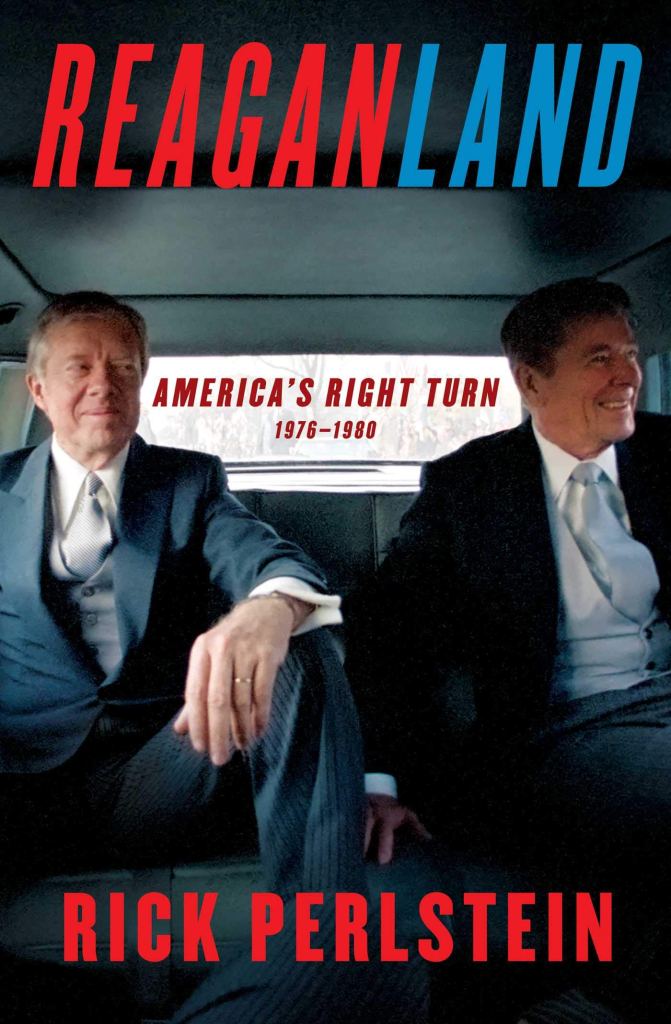
Roger Angell died Friday. He was 101.
101 years old.
Roger Angell was as reliable as Henry Aaron’s wrists, as Greg Maddux’s control, as a cold beer on a hot Atlanta Braves afternoon. (Though, it should be added, not nearly as expensive as the last.) For more than 50 years, his essays on baseball and life in the New Yorker were a welcome respite from whatever else was going on, including in the game itself, which often couldn’t measure up to his glittering prose.
He saw so much, but you could say that about any centenarian. More astonishingly, he knew his good fortune.
Who could imagine?
Forget about the wars — World War I had ended just a couple years earlier, and World War II was still almost two decades in the future — and the presidents and the technology and so many of the things to come. When Roger Angell was born, on September 19, 1920, the Cleveland Indians were on their way to their first World Series title. Since then, they have won just one other, in 1948. Who could imagine?
On the other side of the championship ledger, Angell was 3 years old when the New York Yankees — energized by the addition of Babe Ruth in the 1919-20 offseason — would go on to win the first of their 27 championships.
When Roger Angell was born, the ball was still “dead,” though a number of factors — including Ruth’s prowess and the death of Cleveland shortstop Ray Chapman by a dirt-encrusted, late-inning pitch by Carl Mays a month before Angell was born — prompted both tighter construction and the use of new, fresh balls when the previous one was stained, establishing the “live ball” era. Angell would go on to see the season home run record set several times, by Ruth, then Roger Maris, then Mark McGwire, then Barry Bonds. He was alive for Ruth’s 714th and Aaron’s 715th (and 755th). He was around when the Black Sox were tried and when the Astros were (lightly, if you ask me) penalized.
Who could imagine?
He was around to see the Red Sox and Cubs win long-hoped-for championships. He lived through the eras of the St. Louis Browns, Seattle Pilots, and Montreal Expos. (Amazingly, the Miami Marlins are still in the league.) He was contemporary with the careers of John McGraw and Connie Mack, Ty Cobb and Walter Johnson, Hank Greenberg and Ted Williams, Jackie Robinson and Roy Campanella, Willie Mays and Mickey Mantle, Sandy Koufax and Juan Marichal, Tom Seaver and Jim Palmer, Jim Thome and Albert Pujols — and Carl Yastrzemski and Mike Yastrzemski, Ken Griffey and Ken Griffey Jr., and Ray Boone, Bob Boone, and Aaron and Bret Boone.
Two generations of stadiums have gone to the wrecking ball since his birth; only Wrigley and Fenway outlive him.
Continue reading
































































































